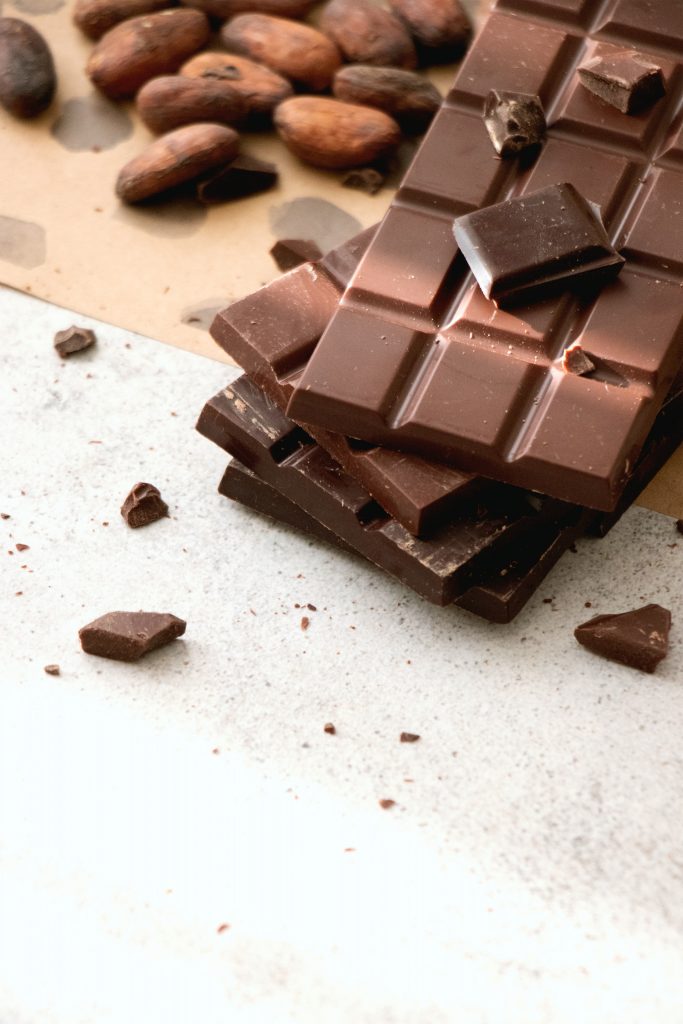New research has found that adjusting food menus, timing of meals and sleep, lighting, and scheduling stretches can help reduce in-flight discomfort and jet lag on long-haul flights. And eating chili and chocolate on the plane can boost your spirits and keep you awake.

Taipei, Taiwan (Merxwire) – How much air travel have you taken since COVID-19 subsided? Want to experience exotic customs in countries with different cultures and climates, but worry about the discomfort of long-distance flights? Some people fear they would not have enough space on the plane, feel soreness, and have difficulty falling asleep. They are also afraid of jet lag after arriving at the destination, and they will not be able to stay awake during the day, and difficult to fall asleep at night. The latest research by Qantas Airways and the University of Sydney found that eating “chili” and “chocolate” on board can help reduce jet lag.
Qantas Airways and Charles Perkins Center of the University of Sydney teamed up to try to tackle jet lag and discomfort on long-haul flights. In 2019, 23 volunteers were recruited to participate in the one-year “Project Sunrise”. Mainly, it deals with the symptoms of jet lag on long-haul flights by designing in-flight menus, adjusting in-flight lighting, and planning for passengers to do light exercise and stretching.
The beginning of “Project Sunrise ” is in response to the two new direct flights that Qantas will open in 2025, namely the round-trip flights from Sydney to New York and Sydney to London. The flight time of the two flights will be as long as 20 to 22 hours, so they are concerned that passengers will suffer from disturbing brain fog, fatigue, sleep disturbance, and gastrointestinal problems. So they do the test from the content of the menu, the sleep time that matches the destination, adjust the lighting in the cabin, and match with mild stretching exercises.
The research team consisted of 10 sleep experts, circadian rhythm researchers, nutritionists, and exercise experts. The subjects took three long-haul flights from New York or London to Sydney. After a year of research, they published their findings this year. The results showed that a menu containing chili and chocolate helped passengers stay awake, while light stretches helped travelers sleep better.
Passengers participating in the plan must record their daily routines and behaviors one week before departure. During the flight, they must eat a specially designed diet, work and rest time to match the lighting and on-board meal time, and also do light stretching activities. Using the biometric sensor worn on the body to track their physiological responses to diet, light adjustments, and exercise arrangements during the flight, as well as their sleep conditions. After arriving at the destination, a two-week log record is required to understand the subjects’ physical and mental reactions during the entire test process, including after arrival.

Meals and sleep time on this planned flight are arranged according to the destination time zone, with the goal of comforting sleep and wakefulness stimulation. Foods that help sleep are fast-acting carbohydrates such as fish and chicken, paired with soups and dairy desserts to promote the brain to produce ‘Tryp’ in amino acids to help sleep. When it is necessary to stimulate the mind, it is paired with dishes with chili and chocolate, so that passengers can instantly boost their spirits and keep awake.
The results of the study showed that adjusting the cabin lighting, meal and sleep times according to the time of the destination will allow the body to practice adapting to the new time. Special menu arrangements with different times of day can reduce jet lag. Incorporating stretching before bed improves sleep quality in flight and improves passenger health. Jet lag symptoms were significantly reduced upon arrival, and cognitive performance was also good the two days after the flight.
Alan Joyce, CEO of Qantas, is pleased with the result, as it will not only help passengers overcome jet lag but also the distance between Australia and other countries. Peter Cistulli, a professor of sleep medicine at the University of Sydney who co-authored the study, believes that the results of this initial study are encouraging and optimistic, and hopes that the health and comfort of international travelers can be improved through Project Sunrise.
At present, this plan continues to target Qantas long-haul flight crew members to test and execute. And modify the interior of the aircraft responsible for long-distance flights, including planning stretching areas, providing instructional videos on healthy exercise on board, and preparing healthy snacks to supplement the nutrients needed by passengers. We all hope that long-distance travel in the future will no longer be a tiring journey full of worries for passengers, but can enjoy the flight process comfortably.













